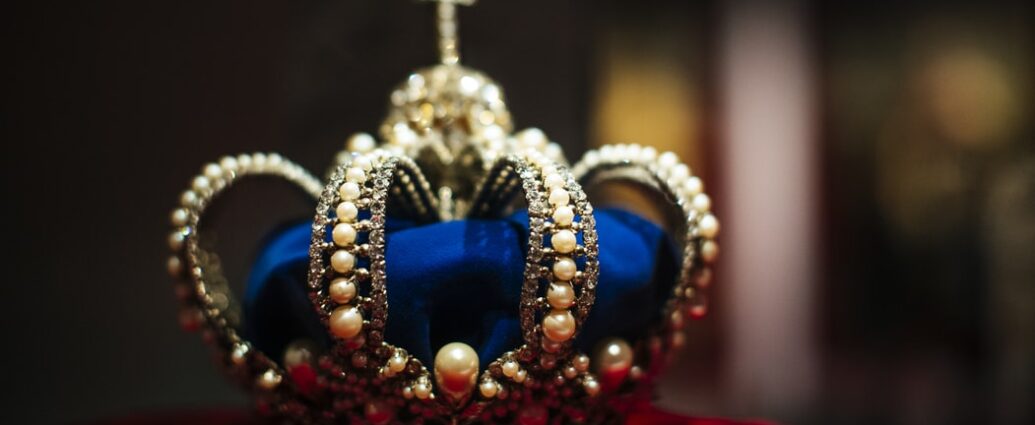The hotly anticipated season four of Netflix’s The Crown was released on 15th November. The critically acclaimed programme details the highs and lows of Queen Elizabeth II’s reign, beginning with her marriage to Prince Philip in 1947.
“This season of The Crown does well to depict how the harsh realities of Thatcher’s neoliberalism affected the lives of millions of Brits”
Season four begins in 1979 with Thatcher, portrayed rather parodically by Gillian Anderson, being elected Britain’s first female Prime Minister and whisks viewers through the turbulent 1980s. From the Troubles in Ireland, to devasting budget cuts, the Falkland’s War, mass unemployment, Apartheid and, finally, Thatcher’s downfall.
Harsh realities
This season of The Crown does well to depict how the harsh realities of Thatcher’s neoliberalism affected the lives of millions of Brits, juxtaposed against the vast wealth, privilege and material excess of royal life. Episode 5 “Fagan” was particularly poignant; retelling the heart-breaking tale of Michael Fagan, empathetically portrayed by Tom Brooke, a newly unemployed father who has lost access to his children, breaking into Buckingham Palace to talk to the Queen about the state of her country.
Whilst viewers observe the political peaks and troughs of 1980s Britain, they are also reminded of another tempestuous tale: the marriage of Prince Charles (Josh O’Connor) and Diana Spencer (Emma Corrin). Emma Corrin’s portrayal of Diana is spot-on: fluttering eyelashes and the meek-yet-self-assured character of an 18 year old thrust into the limelight. Despite it being a difficult watch, she also sensitively presented Diana’s well-known struggle with bulimia.
“Throughout much of the series the royal family themselves are presented as the villains and Diana the victim.”
Previous seasons have taken to presenting Charles himself as a victim; a sensitive boy born to a harsh father and a mother more focused on mothering a nation. However, season four takes a different route. Throughout much of the series the royal family themselves are presented as the villains and Diana the victim. She is ridiculed by Princess Margaret (Helena Bonham Carter) for not being able to curtsey, criticised by Prince Charles for enjoying her popularity and refused warmth from her mother-in-law.
Entertainment or inaccuracy?
Yet, this depiction of the royals has largely been criticised by royal experts. Royal historian and author, Hugo Vickers, states this particular season is “totally one sided, it’s totally against Prince Charles,” and has accused it of being “trolling with a Hollywood budget.”
“Critic Simon Jenkins, however, claims “The Crown’s fake history is as corrosive as fake news”.”
Further criticism of The Crown season four arises when critics point to its many historical discrepancies. According to Vickers, inaccuracies include the so-called “Balmoral Test” which humiliates Thatcher and the intricate details of Charles and Camilla’s affair. Whilst scriptwriter Peter Morgan admits to forsaking accuracy in some places, he stresses “you must never forsake truth.” Critic Simon Jenkins, however, claims “The Crown’s fake history is as corrosive as fake news”.
Whatever liberties taken with accuracy, this season of The Crown is yet another undeniably entertaining glimpse into the royal mirage. With brilliant actors, stunning sets and a gripping story, it’s no wonder it has received a 96% rating on Rotten Tomatoes. The Crown season four makes for perfect cosy viewing as the long, cold nights draw in.
The Crown season four is available to watch on Netflix.
Nia Thomas
Featured image courtesy of Marcus Spiske via Unsplash. Image licence found here. No changes were made to the image.

